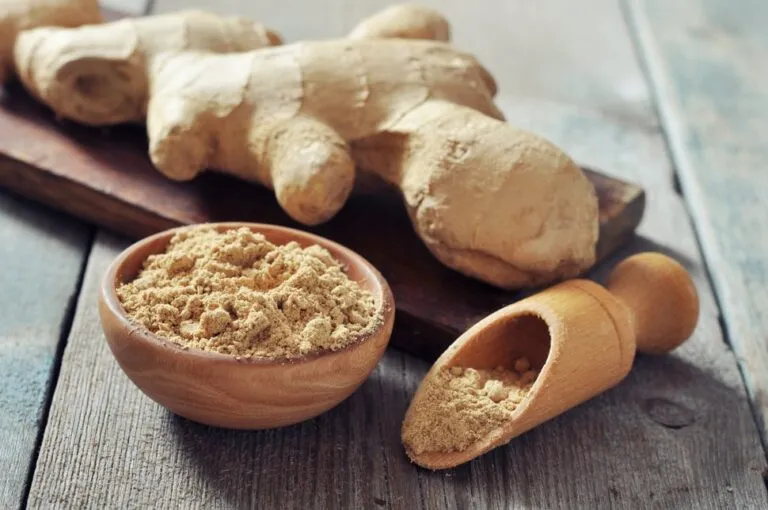How Inflammation Can Impair The Healing Process of Tissues
What is inflammation?
Irritation is a piece of the body’s invulnerable reaction. It very well may be advantageous when, for instance, your knee supports a blow and tissues need care and security. Notwithstanding, some of the time, irritation can endure longer than would normally be appropriate, causing more mischief than an advantage. Aggravation is a fundamental piece of the resistant framework’s reaction to damage and disease. It is the body’s method for flagging the invulnerable framework to recuperate and fix harmed tissue, just as guard itself against remote intruders, for example, infections and microscopic organisms. Without irritation as a physiological reaction, wounds would rot, and contaminations could turn out to be dangerous. In any case, if the fiery procedure continues for a really long time or if the incendiary reaction happens in spots where it isn’t required, it can end up hazardous. Constant aggravation has been connected to specific maladies, for example, coronary illness or stroke, and may likewise prompt immune system issue, for example, rheumatoid joint inflammation and lupus. However, a sound eating regimen and way of life can help hold irritation under control. Irritation is an extremely muddled wonder and comprises a piece of the insusceptible reaction which is partitioned to a characteristic stage pursued by a versatile one. Tissue damage is trailed by a course of occasions prompting the fiery reaction which is partitioned in three stages. The principal period of irritation is showed by the actuation of the nearby tissue macrophages which apply their phagocytic activity and the pole cells which free cytokines and vasoactive substances. Cytokines are partitioned in proinflammatory, chemokines and immunoregulatory ones. Proinflammatory cytokines trigger the second period of irritation while chemokines make a chemotactic current. Immunoregulatory cytokines set up the versatile period of the insusceptible reaction. A specific number of vasoactive substances intercede an underlying nearby vasoconstriction meaning to confine the reason for tissue damage. This vasoconstriction is trailed by a more extensive nearby vasodilatation and an expanded porousness of the vascular divider. These last occasions grant to the incendiary cells and macromolecules to achieve the site of tissue damage. Numerous vasoactive substances like histamine, bradykinins, prostaglandins, leukotrienes, and nitric oxide partake in these activities. Amid the second period of aggravation, platelets following the chemotactic current move to the site of damage and begin their phagocytic action. The third period of irritation is associated with tissue rebuilding.
Tissue Injury
At the point when an injury swells up, turns red and damages, it might be an indication of irritation. Tissue fix and recovery are pivotal natural procedures for the survival of every living being. At the point when tissues are harmed amid disease or following poisonous or mechanical damage, a fiery reaction is initiated because of harm related sub-atomic examples (DAMPs) and pathogen-related sub-atomic examples (PAMPs) discharged by dead and kicking the bucket cells and attacking living beings. These atomic triggers actuate a complex fiery reaction that is portrayed by the enlistment, expansion, and initiation of an assortment of resistant cells including neutrophils, macrophages, NK cells, B cells, T cells, fibroblasts and endothelial cells that together make up the cell reaction that organizes tissue fix. It’s significant that aggravation is constrained to the area of harm and doesn’t endure. The outside side of the veins is made out of smooth muscle cells. Vascular smooth muscle manage distance across of the blood vessel lumen and consequently are in charge of controlling the pulse. Tissue Injury prompts smooth muscle compression that expands white platelet penetration into the harmed tissue.
How Inflammation Affects
Rising proof demonstrates that the atomic instruments of cell demise have administrative jobs in aggravation and that the sub-atomic changes that are related with various types of a cell passing influence the course of irritation in various ways. In this Timeline article, we talk about how our comprehension of the components and practical jobs of tissue damage and cell passing in aggravation has developed based on just about two centuries of study. We portray how such thoughts have prompted our present models of cell demise and aggravation, and we feature the rest of the holes in our insight into the subject. At the point when tissue is first harmed, the little veins in the harmed region tighten quickly, a procedure called vasoconstriction. Following this transient occasion, which is accepted to be of little significance to the fiery reaction, the veins widen (vasodilation), expanding bloodstream into the zone. Vasodilation may last from 15 minutes to a few hours. Next, the dividers of the veins, which typically enable just water and salts to go through effectively, become progressively porous. Protein-rich liquid, called exudate, is presently ready to exit into the tissues. Substances in the exudate incorporate coagulating factors, which help avoid the spread of irresistible operators all through the body. Different proteins incorporate antibodies that help obliterate attacking microorganisms. As liquid and different substances spill out of the veins, bloodstream turns out to be increasingly drowsy and white platelets start to drop out of the pivotal stream in the focal point of the vessel to stream closer the vessel divider. The white platelets at that point hold fast to the vein divider, the initial phase in their migration into the extravascular space of the tissue.
Chemical Mediators of Inflammation
In spite of the fact that damage begins the incendiary reaction, concoction factors discharged upon this incitement achieve the vascular and cell changes plot above. The synthetic substances start fundamentally from blood plasma, white platelets (basophils, neutrophils, monocytes, and macrophages), platelets, pole cells, endothelial cells covering the veins, and harmed tissue cells. A standout amongst the best-realized substance middle people discharged from cells amid irritation is histamine, which triggers vasodilation and increments vascular penetrability. Put away in granules of circling basophils and pole cells, histamine is discharged quickly when these cells are harmed. Different substances engaged with expanding vascular penetrability are lysosomal mixes, which are discharged from neutrophils, and certain little proteins in the supplement framework, in particular, C3a and C5a. Numerous cytokines discharged by cells engaged with irritation additionally have vasoactive and chemotactic properties. The prostaglandins are a gathering of unsaturated fats delivered by numerous sorts of cells. A few prostaglandins increment the impacts of different substances that advance vascular porousness. Others influence the total of platelets, which is a piece of the coagulating procedure. Prostaglandins are related to the torment and fever of aggravation. Mitigating drugs, for example, headache medicine, are successful to some extent since they hinder a protein associated with prostaglandin union. Prostaglandins are blended from arachidonic corrosive, just like the leukotrienes, another gathering of synthetic middle people that have vasoactive properties. Curcumin, a biologically active polyphenolic compound found in turmeric powder has been shown to be naturally anti-inflammatory. The plasma contains four interrelated frameworks of proteins—supplement, the kinins, coagulation factors, and the fibrinolytic framework—that produce different middle people of aggravation. Initiated supplement proteins fill in as chemotactic factors for neutrophils, increment vascular penetrability, and invigorate the arrival of histamine from pole cells. They likewise cling to the outside of microscopic organisms, making them simpler focuses for phagocytes. The kinin framework, which is enacted by coagulation factor XII, produces substances that expansion vascular porousness. The most significant of the kinins is bradykinin, which is in charge of a great part of the agony and tingling experienced with aggravation. The coagulation framework changes over the plasma protein fibrinogen into fibrin, which is a noteworthy segment of the liquid exudate. The fibrinolytic framework adds to aggravation fundamentally through the arrangement of plasmin, which separates fibrin into items that influence vascular porousness.







